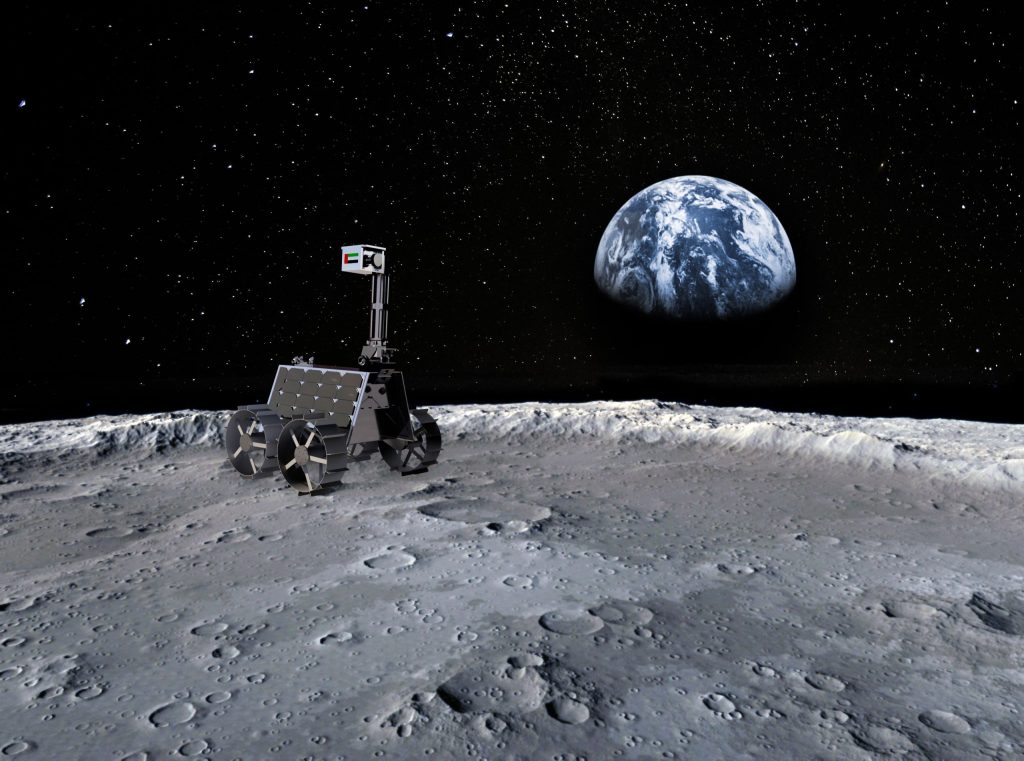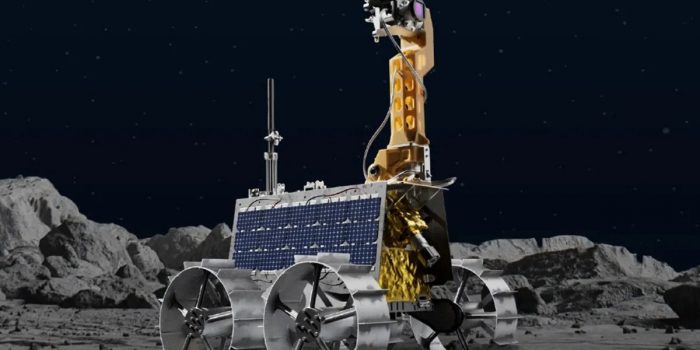Due to US technology transfer restrictions, the United Arab Emirates (UAE) cannot send their “Rashid 2” rover as part of the Chang’e 7 mission to the moon, which is set to launch in 2026.
The ban is attributed to the 1976 International Traffic in Arms Regulations (ITAR), which prohibit the use of US-built components on Chinese rockets, even the most common widgets. If “Rashid 2” were to use such components, it would violate the law.
While the UAE may still send their rover to the moon, they would need to seek alternative options such as using authorized partners like Japan and SpaceX or obtaining a license. However, a license for US technology subject to ITAR would require an explanation of how to prevent China from accessing the technology.
Critics have also called for the ITAR restrictions to be updated, as they are outdated and have significantly impacted the US space industry.
John Logsdon, a space policy professor at George Washington University, stated that exceptions can be made for close US allies, but a license or agreement would still be necessary. Critics have called for an update to the ITAR restrictions, as they have adversely affected the US space industry. European companies have addressed this issue by producing special product lines that avoid the use of American parts.

Jonathan McDowell, a space program historian and astronomer at Harvard University, has highlighted that several components manufactured in the US and Europe that contain American sub-components are subject to restrictions to prevent China from accessing advanced technology. McDowell expressed concern that Chinese engineers could study and dismantle the “Rashid 2” rover when it reaches Xichang for launch on a Chinese rocket.
McDowell also noted that the US had done something similar in the early days of the space race when the CIA briefly stole and partially dismantled the Soviet “Luna 3” moon probe while it was on display in Mexico to photograph its interior.
The Chang’e 7 mission, which is set to launch in 2026, will consist of an orbiter, lander, rover, hopper, and relay satellite, carrying over a dozen instruments expected to operate for at least eight years. This mission will pave the way for constructing the China-led international lunar research station in the 2030s.
McDowell believes that the ITAR restrictions have caused China to develop its technologies, and predicts that if the US does not change its approach, more ITAR-free products will be created in Europe and the UAE.
Ultimately, the rest of the world will depend less on purchasing US space products. The ITAR restrictions have negatively impacted the US space industry, and there is a growing call for the law to be updated to reflect current technology trends. Many argue that the ITAR restrictions, which have been in place since 1976, are outdated and are causing significant economic harm to the US space industry.


